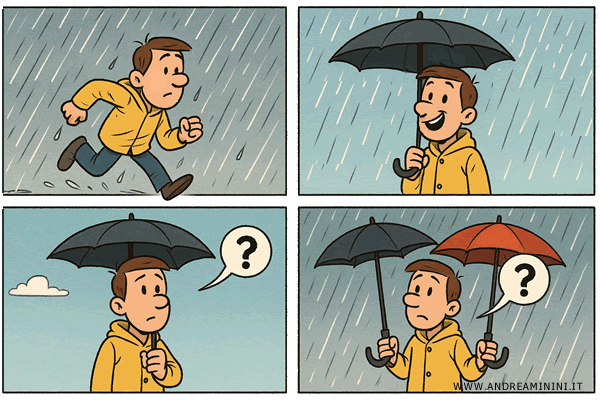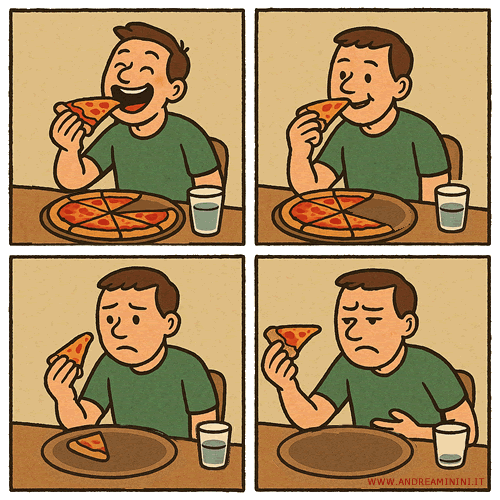What Is Utility?
Utility is the personal satisfaction or pleasure someone gets from consuming a good or service - essentially, how well it meets a need.
It’s what connects desire to decision-making, supply to demand, and consumption to a sense of fulfillment.
But in economics, it’s not enough for something to simply bring pleasure. For a good to be economically relevant, it also needs to be limited in supply and consciously valued.
Understanding Utility: The Essentials
Utility is one of the core ideas in economics - but this simple word hides a world of meaning.
Most importantly, utility is both subjective and relative.
- Utility is subjective
There’s no one-size-fits-all measure. What’s useful or satisfying to one person might mean nothing to another. - Utility is relative
It depends on context, scarcity, and how much of the good has already been consumed.Think about an umbrella. It’s incredibly useful when it’s raining - but not at all when the weather’s clear. And even on a rainy day, owning a second umbrella doesn’t really help. One is enough. A second one? Just extra baggage.

We say a good has use utility when it directly satisfies a need - like an umbrella keeping you dry during a storm.
But to have economic utility, it also has to be scarce.
So even if something is useful and enjoyable, it only counts as economically valuable if it’s in limited supply.
That’s why not everything useful has economic utility.
Take air: we can’t live without it, but because it’s (usually) abundant, it doesn’t have economic utility. Bottled mineral water, on the other hand, does - it’s produced, packaged, and sold. That’s why it has a price tag. Unless, of course, you live right next to a natural spring and enjoy it for free.
From here on, when we talk about utility, we’re referring specifically to economic utility.
The Law of Diminishing Marginal Utility
To really get how utility works, it helps to look at three different types:
- Initial utility: The satisfaction you get from the first unit of a good - it’s often the most intense, because it directly meets your need.
- Marginal utility: The extra satisfaction from each additional unit - like the second, third, and so on.
- Total utility: The total satisfaction from all the units you’ve consumed - it’s the sum of everything from the first to the last.
Here’s the key principle: as you consume more of something, the added satisfaction (marginal utility) decreases.
In other words, the more you have, the less extra pleasure you get from having even more. At some point, it could even become unpleasant - that’s called disutility.
Think of pizza. The first slice? Amazing. The second? Still good. By the fourth or fifth, you’re getting full. By the seventh, you might actually feel sick. That’s diminishing marginal utility in action.

How Do We Measure Utility?
Most economists today use the ordinal approach. It doesn’t assign numbers - instead, it ranks goods based on personal preference.
There used to be another method - the cardinal approach - which tried to assign actual numerical values to utility. But it fell out of favor because it was too theoretical and not very practical.
Imagine someone who prefers apples to pears, and pears to grapefruits. With the ordinal approach, we simply rank their preferences: apple > pear > grapefruit. What we can’t say is how much more they like apples than pears - only that they do. The cardinal approach tried to go further, assigning values like: apples = 10, pears = 5, grapefruits = 2. But here's the problem: there’s no objective way to measure how much satisfaction each fruit really gives.
And that’s the basic idea.
